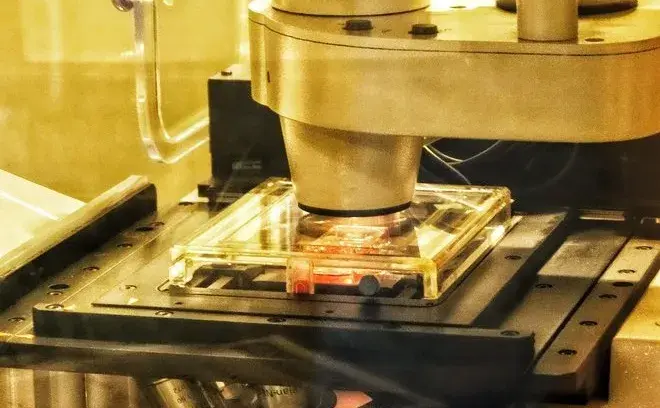Science and Technology
Regarding technology initiatives, the targets that have the highest benefit-cost ratios are:
- Expand open international circulation of skilled workers by 20% of current skilled migrants within North-South innovation zones, which will return 21 dollars for every dollar spent.
- Expand open international circulation of skilled workers by 5% of current skilled migrants within such zones – returns 15 dollars back on the dollar.
Another valuable target within this focus area is:
- Encourage developing countries to increase their ratios of R&D spending to GDP to 0.5%, and emerging countries to raise their ratios to 1.5%, both of which will have a global return of $3 back on every dollar spent.
Scroll down to read our series of reports examining science and technology targets for the post-2015 development agenda, written by leading economists and experts.
Assessment Paper
Keith E. Maskus, Professor of Economics at University of Colorado, Boulder, estimates the costs and benefits of targets that aim to increase the amount of money going into research and development. His paper finds that for developing and emerging economies the targets, while providing more benefits than costs, are modest. Instead he argues, a better target for facilitating technology transfer would be to allow free circulation of skilled labor in special ‘innovation zones’. While there are some political hurdles to overcome, the benefits would be 20 times the costs.
Recent and emerging evidence points to the importance of labor mobility in transferring technical information across borders and adapting it to local uses.”
- Keith E. Maskus
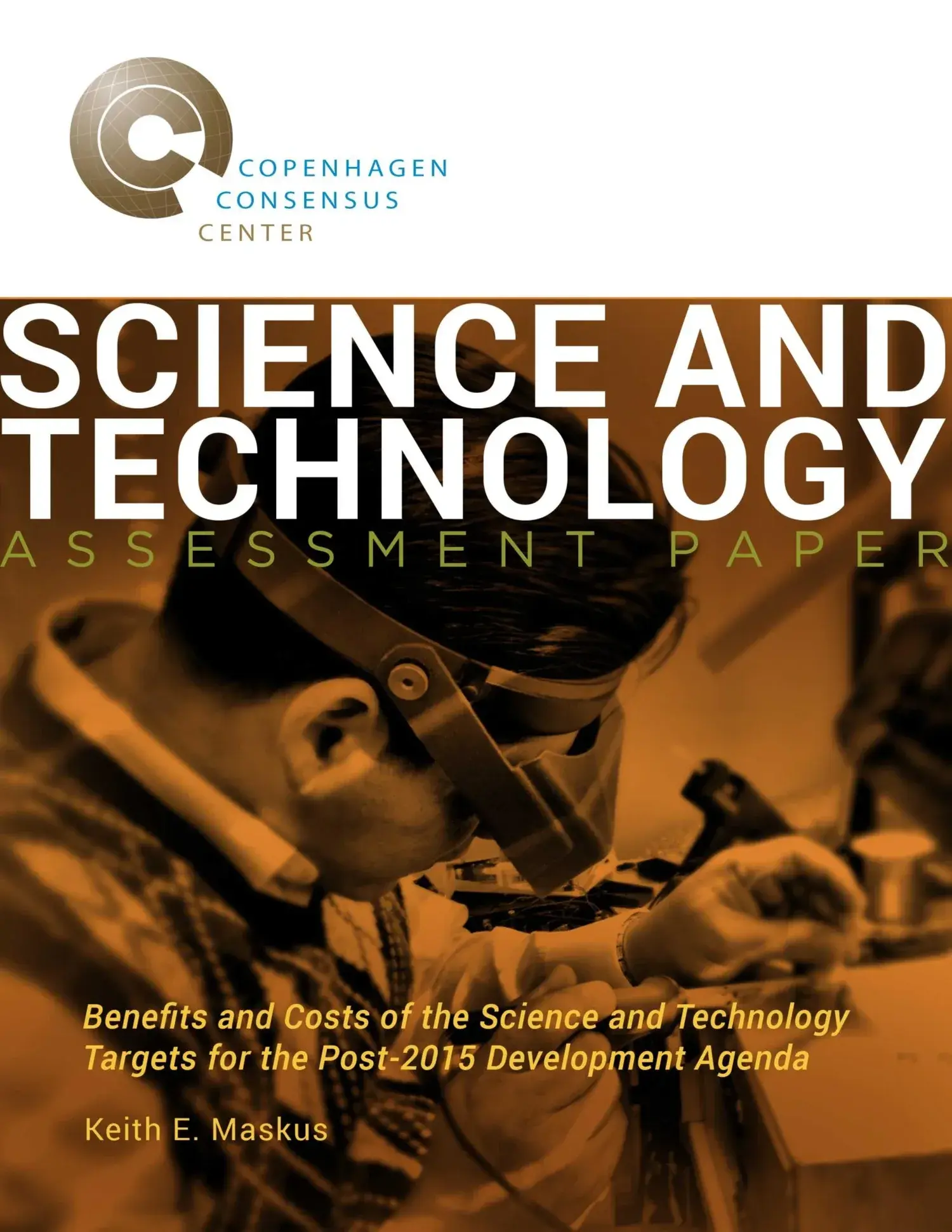
Perspective Paper
Kamal Saggi, Professor of Economics at Vanderbilt University, broadly agrees with Maskus’ findings on research and development targets and innovation zones. However, he highlights another fruitful policy area not discussed in Maskus’ analysis: encouraging foreign direct investment. Multinational companies, argues Saggi, have a large role to play in increasing research and development funds to developing countries.
Given the overwhelming importance of FDI to R&D and technology transfer and the scarcity of resources in developing countries, it might be easier for such countries to secure productivity gains by encouraging FDI to their local economies and having multinationals invest in R&D as opposed to doing it entirely on their own.”
- Kamal Saggi
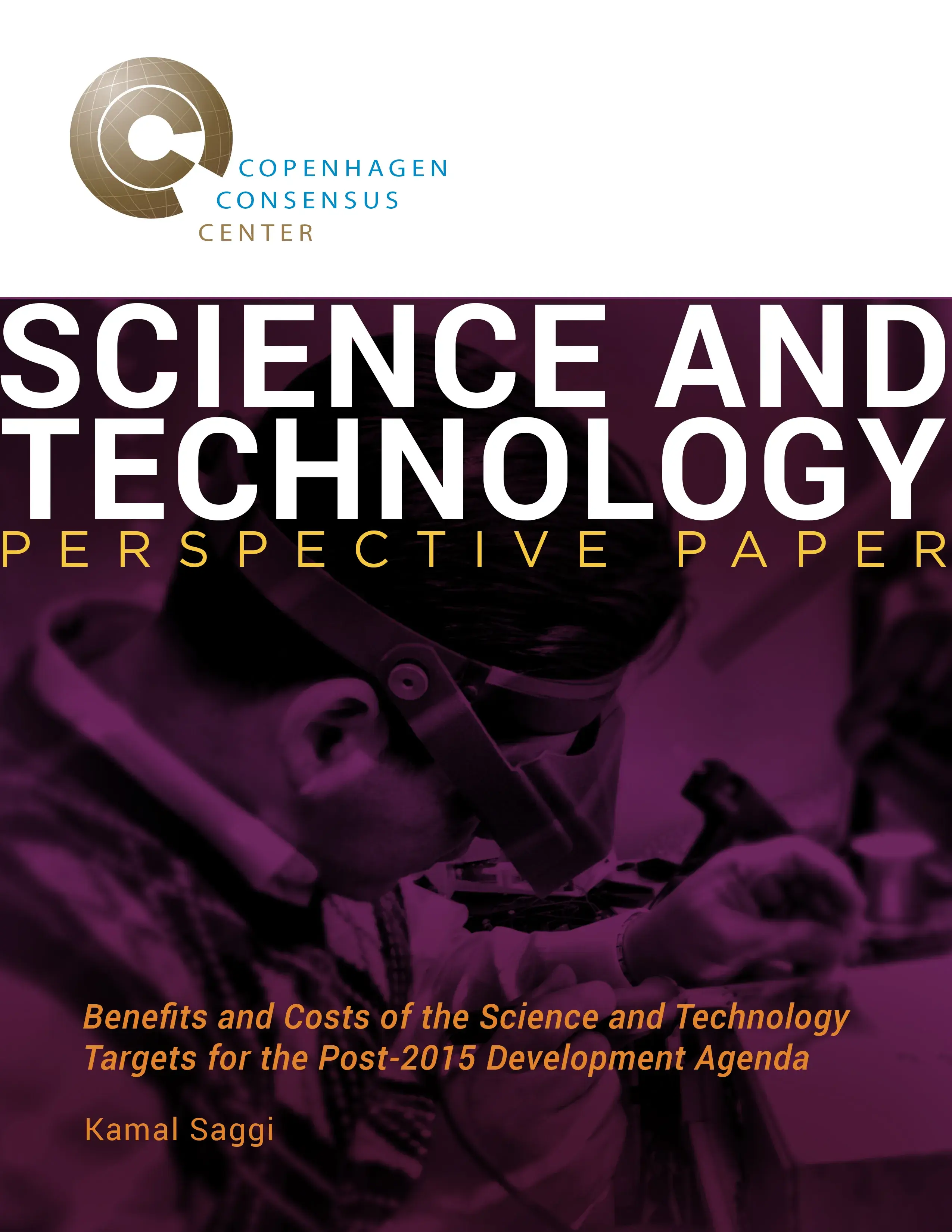
Perspective Paper
Pamela J. Smith, Associate Professor of Applied Economics at the University of Minnesota, is also generally supportive of Maskus’ analysis. She provides a broader discussion on the factors that influence growth and transfer of technology including the channels of transfer and what developing countries can do to support innovation. Smith also confirms Saggi’s point on the importance of foreign direct investment.
The literature suggests that a business environment that attracts vertical MNE activities as well as skilled labor movements can be particularly important in supporting technology transfers in developing countries.”
- Pamela J. Smith
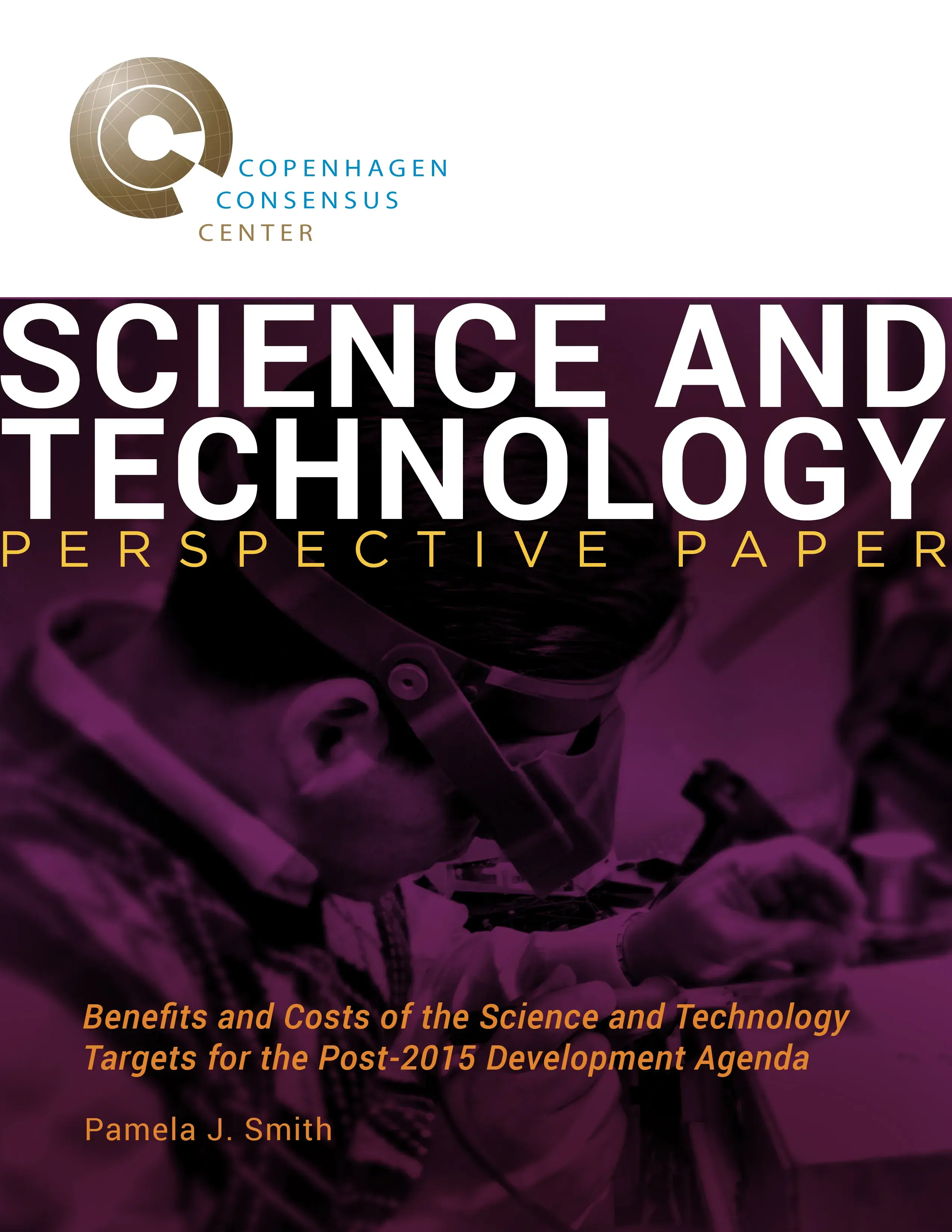
Viewpoint Paper
The view of Manuel F. Montes, Senior Advisor on Finance and Development at The South Centre ,states that a benefit-cost analysis approach to science and technology policies in the post-2015 development agenda is well-founded and standard. However, this Viewpoint paper raises a number of questions to the assessment done by Maskus. Ultimately, it states that any post-2015 agenda must pay attention to and address the negative impacts of the international regime of private monopoly ownership of knowledge.
The global governance system waded into, and continues to plunge more deeply into, monopolized private ownership of knowledge without an adequate evaluation of the benefits and costs of this approach."
- Manuel F. Montes
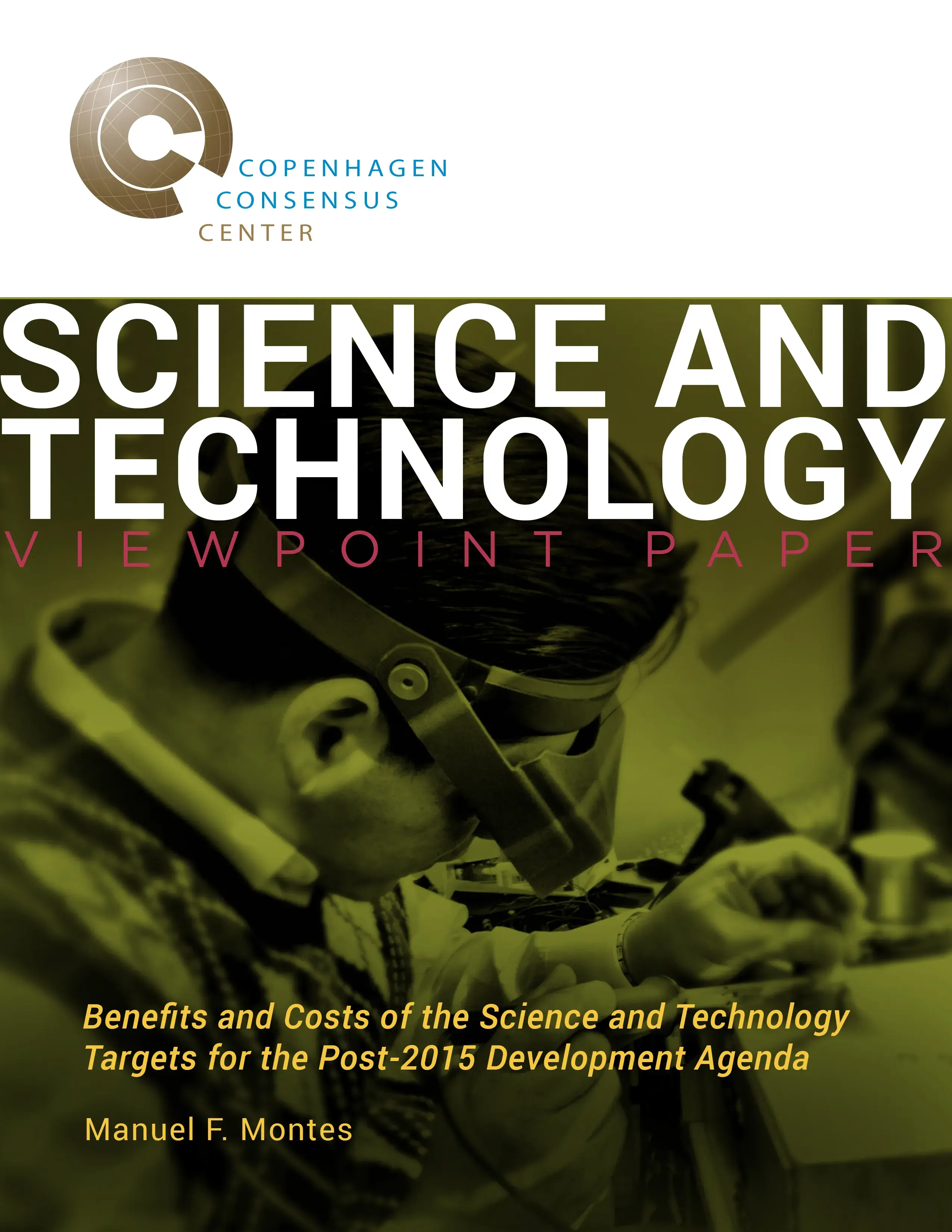
Viewpoint Paper
The Viewpoint paper written by Padmashree Gehl Sampath an expert on innovation and development issues, raises specific issues in regard to the impacts of technology development, technology transfer and innovation capacity. Gehl Sampath provides perspectives on how exactly the mechanisms analyzed by Maskus can be used in the elaboration of incentives and mechanisms proposed in the UN Open Working Group’s Final Outcome Document. Ultimately, Gehl Sampath finds that more research is necessary to ensure a promising post-2015 development agenda.
The strength of the outcome document is that it provides sufficient policy space for country-based adaptations. How this can be utilized while designing the incentive mechanisms on each of these goals remains to be seen.”
- Padmashree Gehl Sampath
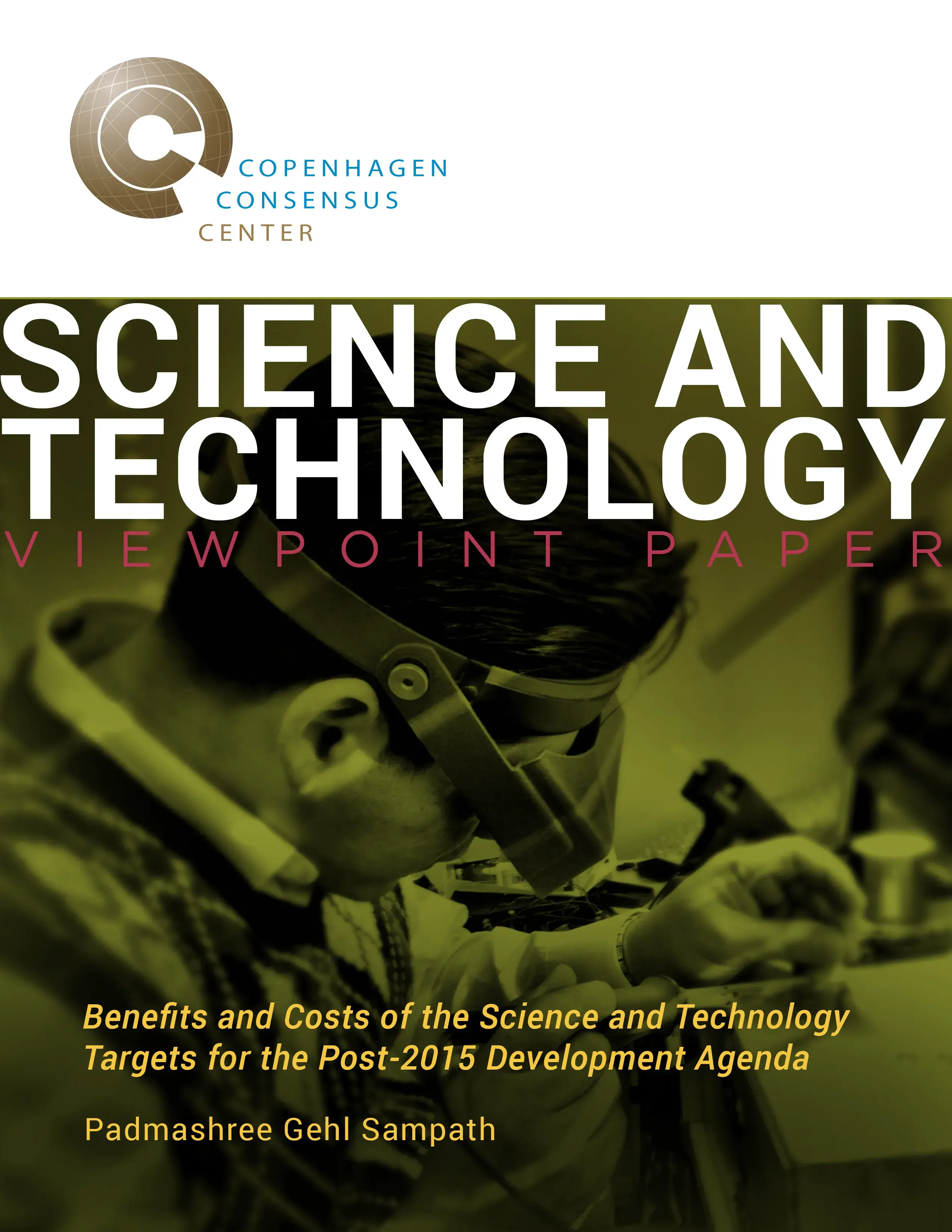
The Post-2015 Consensus project brings together 60 teams of economists with NGOs, international agencies and businesses to identify the targets with the greatest benefit-to-cost ratio for the UN's post-2015 development goals.



